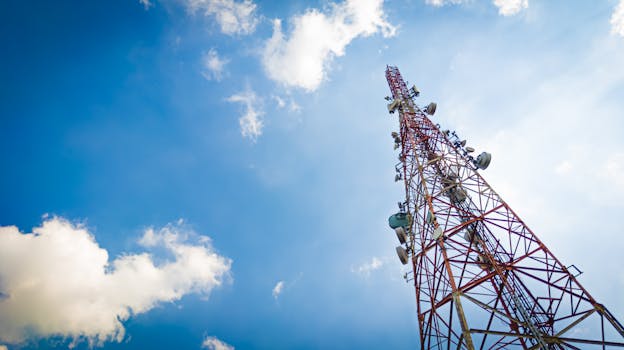
Introduction to LEO Satellites
LEO satellites, or Low Earth Orbit satellites, are a type of satellite that operates in a low Earth orbit, typically at an altitude of around 160 to 2,000 kilometers. The focus keyword, LEO satellites, is a crucial aspect of this article, as it highlights the importance of these satellites in the context of global connectivity. LEO satellites have been gaining popularity in recent years due to their ability to provide high-speed, low-latency communication services. In this article, we will explore the world of LEO satellites and their role in shaping the future of global connectivity.
How LEO Satellites Work
LEO satellites work by orbiting the Earth at a low altitude, which allows them to provide high-speed communication services with minimal latency. They are typically launched into space using a rocket and then deploy their solar panels and antennae to begin transmitting and receiving data. LEO satellites use a variety of frequencies, including Ka-band, Ku-band, and C-band, to transmit data to and from Earth. They are also equipped with advanced propulsion systems, such as ion engines, to maintain their orbit and perform orbital maneuvers.
One of the key benefits of LEO satellites is their ability to provide high-speed communication services to remote and underserved areas. Traditional satellite communication systems, such as geostationary satellites, have limited coverage and high latency, making them unsuitable for real-time communication applications. LEO satellites, on the other hand, can provide speeds of up to 1 Gbps and latency as low as 20 ms, making them ideal for applications such as video conferencing, online gaming, and cloud computing.
Applications of LEO Satellites
LEO satellites have a wide range of applications, including broadband internet access, mobile connectivity, IoT connectivity, and Earth observation. They can provide broadband internet access to remote and underserved areas, enabling communities to access online services, education, and healthcare. LEO satellites can also provide mobile connectivity, enabling people to stay connected on-the-go, even in areas with limited or no terrestrial coverage.
LEO satellites are also being used for IoT connectivity, enabling devices to communicate with each other and with the cloud in real-time. This has numerous applications, including smart cities, industrial automation, and environmental monitoring. Finally, LEO satellites can be used for Earth observation, providing high-resolution images of the Earth’s surface for applications such as climate monitoring, disaster response, and crop monitoring.
Challenges and Future Directions
Despite the many benefits of LEO satellites, there are also several challenges that need to be addressed. One of the key challenges is the high cost of launching and operating LEO satellites. Launching a single LEO satellite can cost tens of millions of dollars, and operating a constellation of satellites can be even more expensive. Another challenge is the limited lifetime of LEO satellites, which typically ranges from 5 to 10 years. This means that satellite operators need to constantly launch new satellites to replace old ones, which can be costly and logistically challenging.
Looking to the future, LEO satellites are expected to play an increasingly important role in the development of global connectivity. With the launch of new constellations, such as SpaceX’s Starlink and Amazon’s Kuiper Systems, we can expect to see even more widespread adoption of LEO satellites. These constellations will provide high-speed, low-latency communication services to remote and underserved areas, enabling communities to access online services, education, and healthcare.



